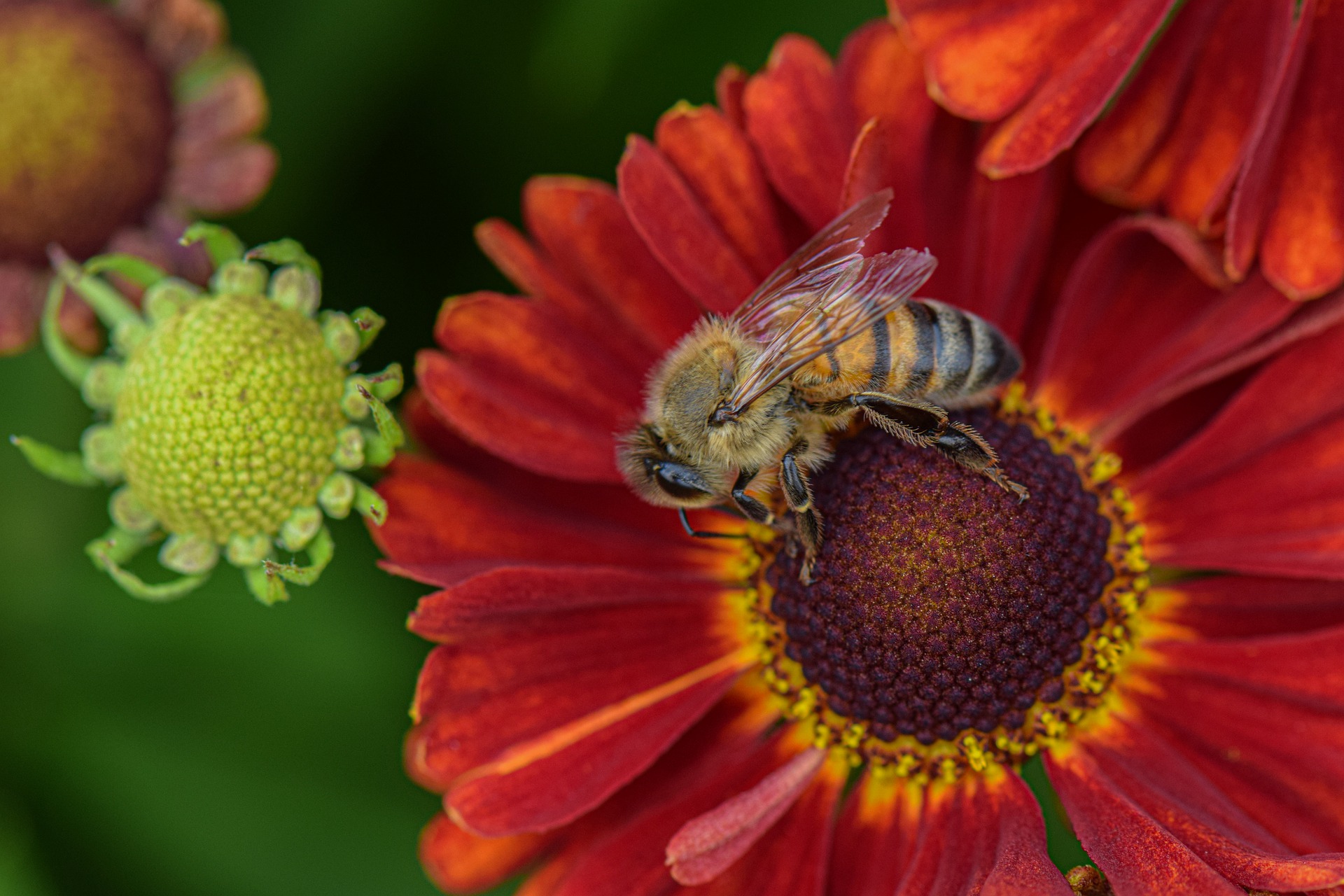Aside from their function as pollinators and their use in honey production, bees are more known for the role they play in mythology and pop culture, particularly with their annual migration of traveling between the northern and southern hemispheres. While there are a lot of interesting facts about bees you may have heard about but know little about, here are just some of the crazy things about these insects.
1. There Are Numerous Types Of Bees
Over 20,000 bees on earth have different sizes, shapes, and purposes. The team at beelife.org lists different types of bees found in the landscapes of the UK. Some live in colonies while others live alone. The only thing they have in common is their obsession with pollen and nectar. Some are good for the environment, while others are hazardous. They also have different ways of communicating and living, depending on their need to survive and thrive.
2. Bees’ Lifespan Is About 6 Weeks Long
Honey bees are born adults, which means that they have full legs, wings, and compound eyes, which are fully functional at birth. They do not work for the hive early because the bee colony is like a family unit where they all serve under one queen. However, when it’s time to expand the hive by building new cells or sending out scouts looking for food in nearby fields or gardens, worker bees will leave their home with only half of the life span (3 weeks) left before dying. The workers need to be young when they search for food since older bees spend most of their time guarding the hive entrance.
3. Certain Types Of Flowers Are More Suited For Bees
To improve bee health and save our planet from extinction, we have to think about how we do things. While a bee’s lifespan is devoted to collecting pollen, some flowers are more suited for it than others. Some plants have evolved nectar guides – usually lines of contrasting color leading from the flower’s center to its petal – so that they can attract more bees and thus pollinate better. Bee has to waste less time looking for these nectars compared to other types of flowers, making it easier for them to find what they need. If you want bees around your garden, plant more of these kinds of flowers.
4. Bees Have Short-Term Memories
One common misconception about honeybees is that it’s a “hive mind,” where all bees know everything that other bees in the hive know. This is not true, as bees have concise memories, especially with the thousands of flowers all over the place that they go to every day. They also don’t share food or communicate using symbols like bees in some other parts of the world, where some “scout” bees will tell the others about the location of pollen sources. If you want to be a beekeeper long-term, learn their language and make friends.
5. Bees Are A Mutt Species
Many things are interesting about bees, but one thing’s for sure: they’re not native to North America. What we now call honeybees were brought here by European settlers who either captured wild honeybees or had them shipped over from their home countries because they’re beneficial for pollination. This is amazing because it means that while some bees are solitary creatures, our honeybees are not social at all. They also don’t make hives like other beehives in the world, and they can sting their keeper many times without dying (which explains why beekeepers only get stung 1-2 times per year).
6. Bees Have A Unique Way Of Defending Their Colony
Honey bees use their stingers to protect themselves and the colony; however, when they attack you or your pet – or anything else that’s not part of their hive – they’ll lose their stingers in the process. These stingers have barbs on them that point toward the insect’s abdomen and prevent the bee from pulling it out. Bees can sting you repeatedly and leave it there since their venom sacs remain attached to the stinger while they drill through your skin. They also send a chemical called “alarm pheromone” when attacked, calling for other bees in the colony to attack you too.
Although bees are insects with very short memories, they can fly about 50 miles in a day if there’s a big enough patch of flowers. Their stingers have barbs on them that point toward their abdomen and prevent them from pulling it out, plus they send a chemical called “alarm pheromone” when attacked, calling for other bees in the colony to attack you too. But when they attack something or someone else – like you or your pet – they will lose their stingers in the process.